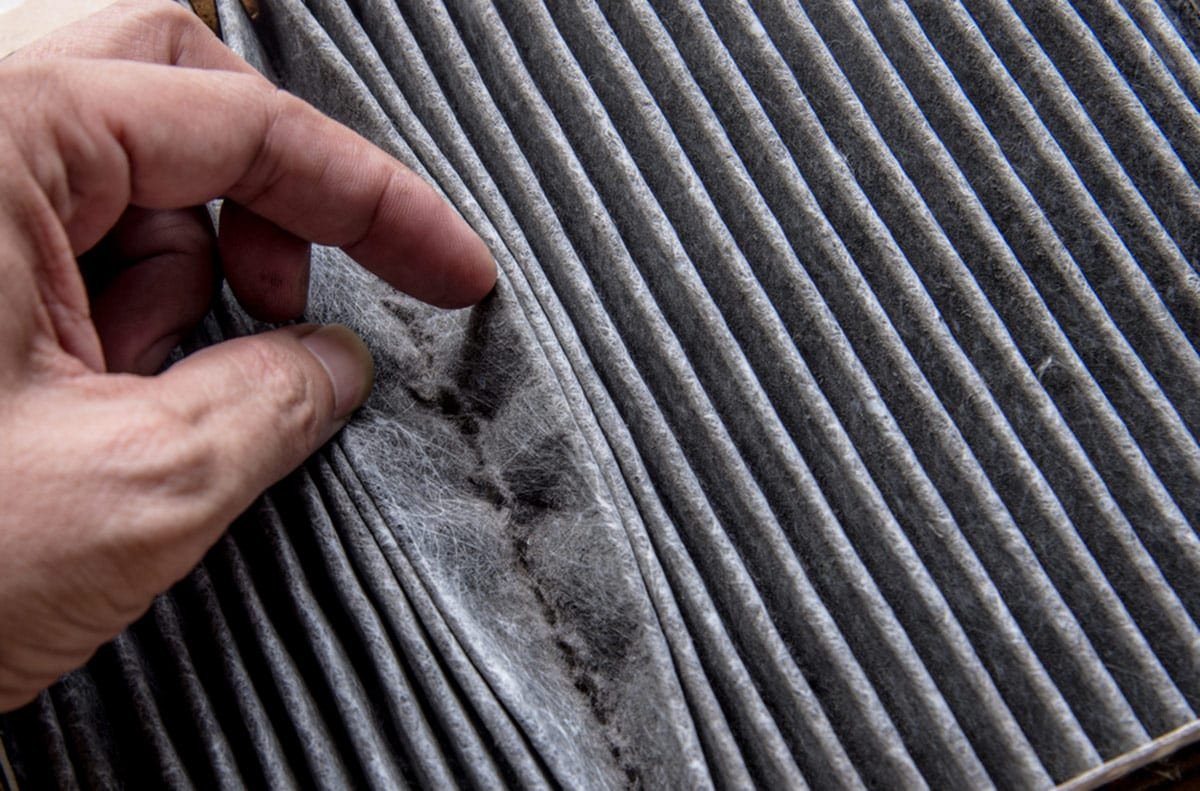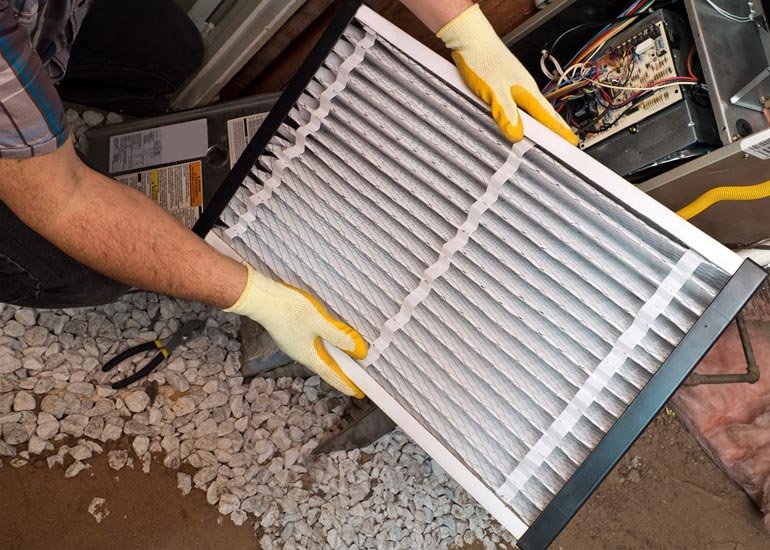Like most homeowners, you probably don’t think about your oil furnace until it’s time for its annual tune-up. But did you know that there are several things you can do regularly to help keep your furnace running smoothly? Maintaining your oil furnace is key to keeping it running safely and efficiently. A regular maintenance check can help prevent problems down the road. Following this oil furnace maintenance checklist can help avoid costly repairs and ensure that your furnace is working safely and efficiently.
Perform A Thorough Visual Inspection
One of the most important things you can do to maintain your oil furnace is to perform a thorough visual inspection. Look for any signs of oil leaks, cracks in the heat exchanger, or other damage. Contact a qualified heating contractor for further assistance if you see anything that looks out of the ordinary.
Listen for Sounds
Another crucial part of oil furnace maintenance is listening for any strange sounds from the unit. Also, attention to the machine’s noises is a component of oil burner maintenance. Any strange noises, such as rattling or vibration, should raise suspicion.
If you hear any banging, popping, or other unusual noises, you must contact a qualified heating contractor immediately. These sounds could indicate a severe problem that needs repair.
Replace the Oil Filter
When was the last time you changed the oil filter in your furnace? If you’re unsure, replace it immediately to guarantee that your furnace will function appropriately throughout cold weather. The oil filter prevents small particles that may block the oil burner nozzle and cause your furnace to malfunction and shut off. It just takes a few minutes to change, and you should do it at least twice per heating season.
Because it cleans oil before the fuel reaches the furnace, the oil filter is often placed near it. Close the oil valve and remove the old filter to replace the oil filter. That’s all there is to it: replace the oil filter, then remove the old one, following local hazardous waste standards.
Check or Replace Air Filters
It’s also important to check or replace your oil furnace’s air filters regularly. Clogged air filters can impede airflow, causing your furnace to work harder and use more energy. Replacing dirty air filters with clean ones can help improve airflow and increase efficiency.
You may get advice from experts if you are unclear about how often to replace the air filter. The filter should typically be cleaned or replaced at least twice a year. It’s also crucial to remember that if you have dogs in the house, you may need to replace the filter more regularly.
Check the Combustion Chamber
It’s also important to check the oil furnace’s combustion chamber for soot buildup. Soot is a by-product of the oil burning process and can cause severe problems if you don’t clean it regularly. If you see soot buildup, be sure to contact a qualified heating contractor to have the chamber cleaned.
Inspect Flue Pipes and Vents
Another critical part of oil furnace maintenance is to inspect the flue pipes and vents for any signs of corrosion. If you see any corrosion, it’s crucial to have the pipes and vents replaced as soon as possible. Allowing corrosion to continue can lead to severe problems like carbon monoxide leaks.
Conclusion
Following this oil furnace maintenance checklist can help ensure that your furnace is running safely and efficiently. If you have any questions about oil furnace maintenance, contact a qualified heating contractor for further assistance. Schedule oil furnace maintenance yearly to keep your furnace in top condition.









